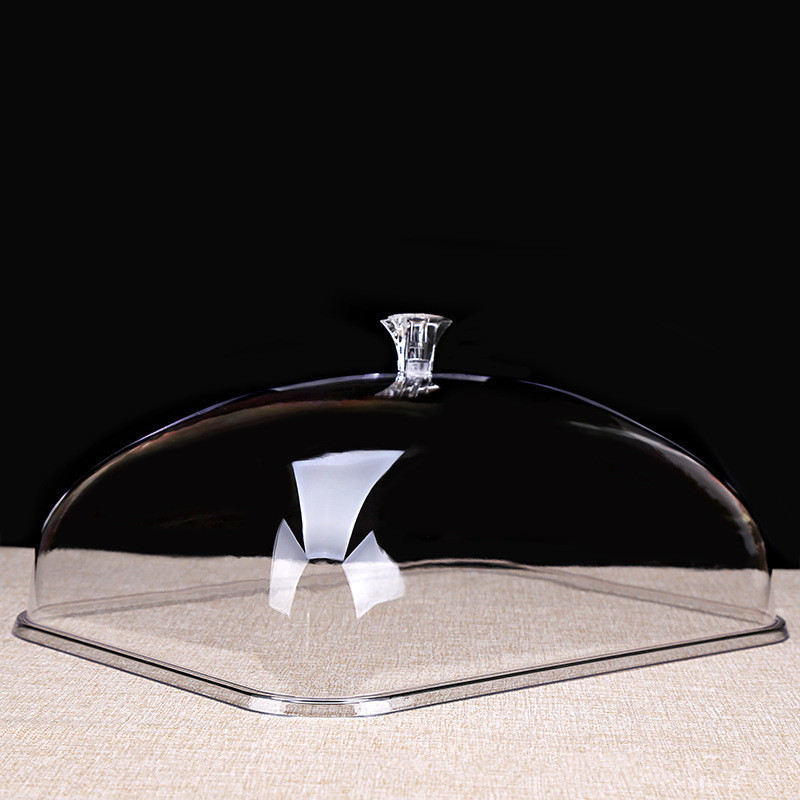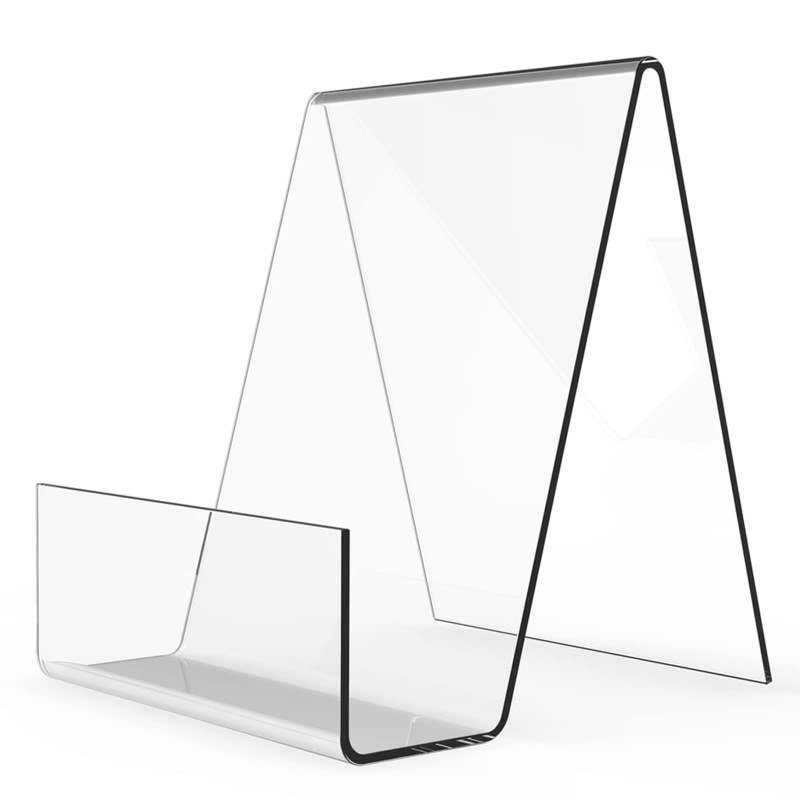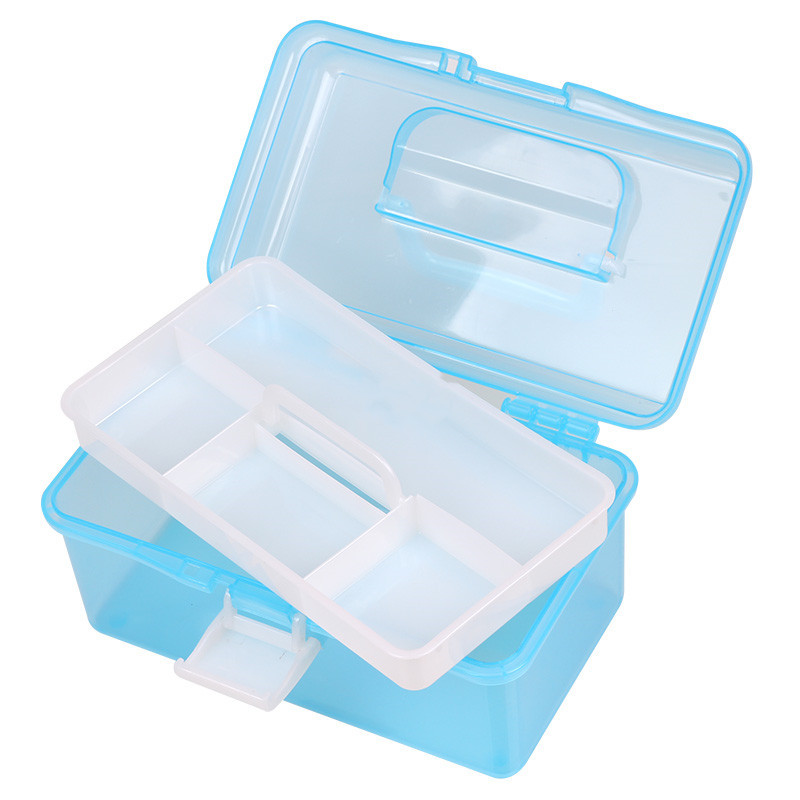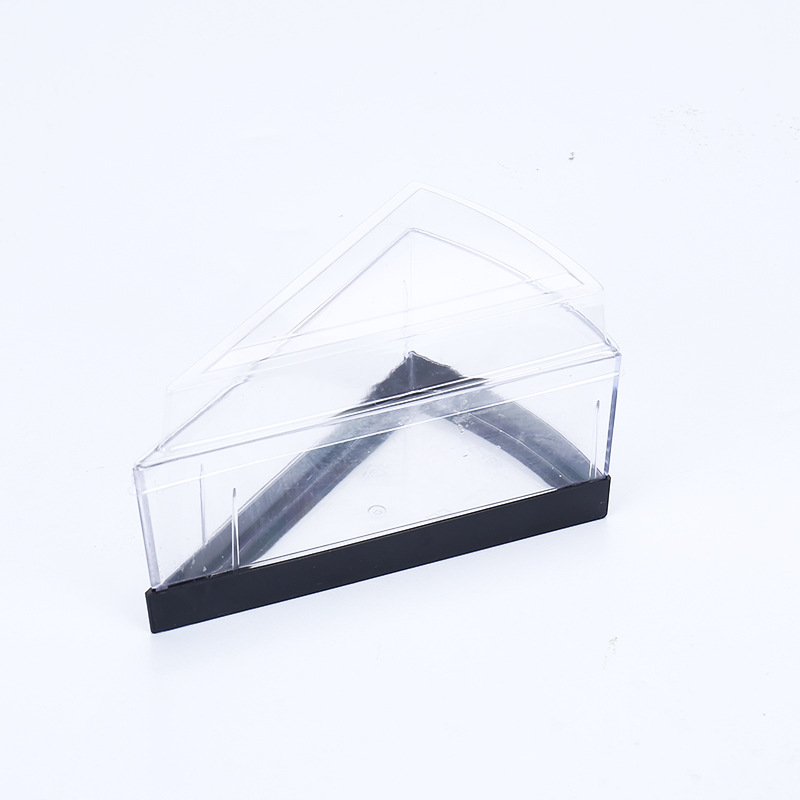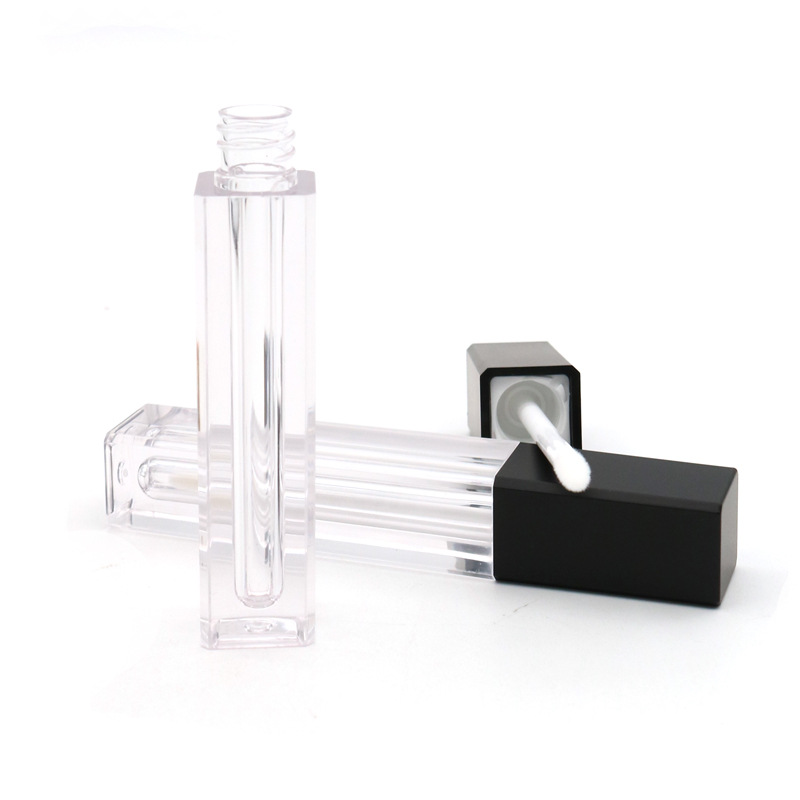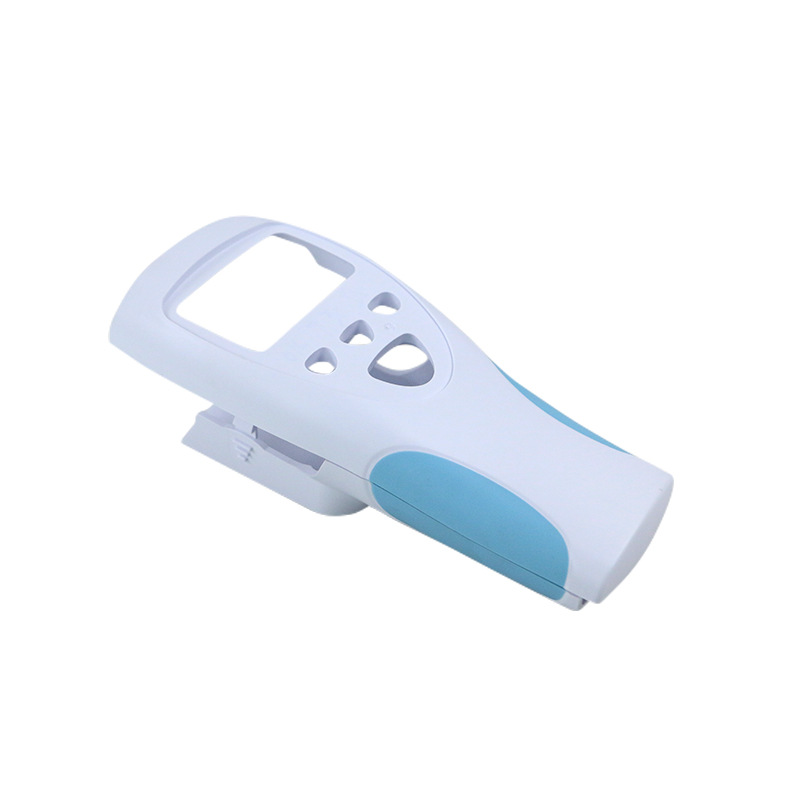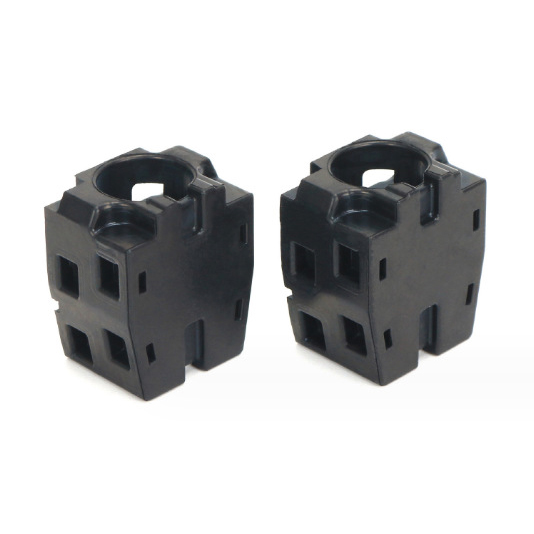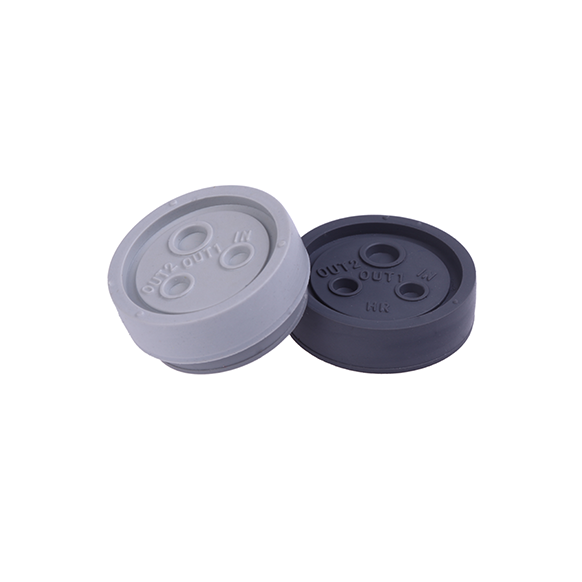Rubber Molding Injection Molding for Rubber Products
Custom Injection Molded Products
Compression Molding
In compression molding, the rubber compound is inserted into a mold cavity, and pressure is applied to compress the material into the desired shape. Heat is then employed to cure the rubber. This method is commonly used for manufacturing products like gaskets, seals, and automotive components.
Injection Molding
Injection molding entails injecting molten rubber into a mold under high pressure. This process is ideal for crafting intricate and precise parts, including automotive components and consumer goods. Overmolding and insert molding are variations of this process, involving the integration of completed metal parts into the mold cavity before injecting rubber.
Transfer Molding
Combining aspects of compression and injection molding, transfer molding utilizes a measured amount of rubber in a heated chamber. A plunger forces the material into a mold cavity, making it suitable for producing electrical connectors, grommets, and small precision parts.
Extrusion
Extrusion is employed to create continuous lengths of rubber with specific cross-sectional shapes, such as hoses, tubing, and profiles. The rubber is forced through a die to achieve the desired configuration.
Curing (Vulcanization)
Curing, or vulcanization, involves cross-linking the rubber polymer chains to enhance strength, elasticity, and heat resistance. This is achieved through the application of heat and pressure to the molded rubber product, with common methods including steam, hot air, and microwave curing.
Rubber to Metal Bonding
A specialized process, rubber to metal bonding creates products that merge the flexibility of rubber with the strength of metal. The rubber component is preformed or molded, positioned onto the metal surface with adhesive, and then subjected to heat and pressure for vulcanization or curing. This process chemically bonds the rubber to the metal, creating a robust and durable connection crucial for applications requiring both vibration dampening and structural support.
Compounding
Compounding involves mixing raw rubber materials with various additives to create a rubber compound with specific properties. Additives may include curing agents, accelerators, antioxidants, fillers, plasticizers, and colorants. This mixing is typically performed in a two-roll mill or an internal mixer to ensure the uniform distribution of additives.
Milling
Following compounding, the rubber compound undergoes milling or mixing processes to further homogenize and shape the material. This step removes air bubbles and guarantees uniformity in the compound.
Post-Processing
After curing, the rubber product may undergo additional processes, including trimming, deflashing (removing excess material), and surface treatments (such as coatings or polishing) to meet specific requirements.
Application of Rubber Molding part

Rubber Molding Materials
Each type of rubber possesses a distinct set of properties, rendering it suitable for specific applications. The selection of rubber material hinges on factors such as intended use, environmental conditions, temperature, chemical exposure, and desired physical characteristics.
Here are some primary types of rubber:
Natural Rubber (NR):
Derived from the latex sap of the rubber tree (Hevea brasiliensis), natural rubber is known for its high elasticity and resilience. Commonly used in applications like tires, footwear, and consumer products, it does have limited resistance to heat and chemicals.
Synthetic Rubber:
Created artificially through chemical processes, synthetic rubbers offer a wide range of properties. Some common types include:
Styrene-Butadiene Rubber (SBR)
Widely used for excellent abrasion resistance and durability, often found in automobile tires and conveyor belts.
Polybutadiene Rubber (BR):
Valued for high resilience and low-temperature flexibility, commonly used in tire manufacturing and as an impact modifier in plastics.
Nitrile Rubber (NBR):
Exhibits exceptional resistance to oil, fuel, and chemicals, making it suitable for seals, gaskets, and O-rings in the automotive and industrial sectors.
Butyl Rubber (IIR):
Known for impermeability to gases, ideal for tire inner tubes, inner linings for chemical storage tanks, and pharmaceutical stoppers.
Neoprene (CR):
Offers excellent resistance to weathering, ozone, and oil, a popular choice for wetsuits, hoses, and automotive gaskets.
Ethylene Propylene Diene Monomer (EPDM):
Valued for resistance to heat, weathering, and UV radiation, often used in roofing materials, automotive seals, and outdoor electrical insulation.
Silicone Rubber (VMQ):
Known for excellent heat resistance and electrical insulation properties, commonly used in medical devices, cookware, automotive applications, and as a sealant.
Fluoroelastomers (FKM):
Highly resistant to chemicals, high temperatures, and oils, commonly used in applications requiring exceptional chemical resistance, such as seals and gaskets in the chemical and aerospace industries.
Chloroprene Rubber (CR):
Also known as Neoprene, it offers good resistance to weathering and ozone. It is often used in applications requiring a balance of physical properties, like wetsuits and industrial belting.
Polyurethane (PU):
Combining the properties of rubber and plastic, polyurethane rubber is appreciated for its abrasion resistance and load-bearing capacity. It is commonly used in wheels, bushings, and industrial machinery components.

